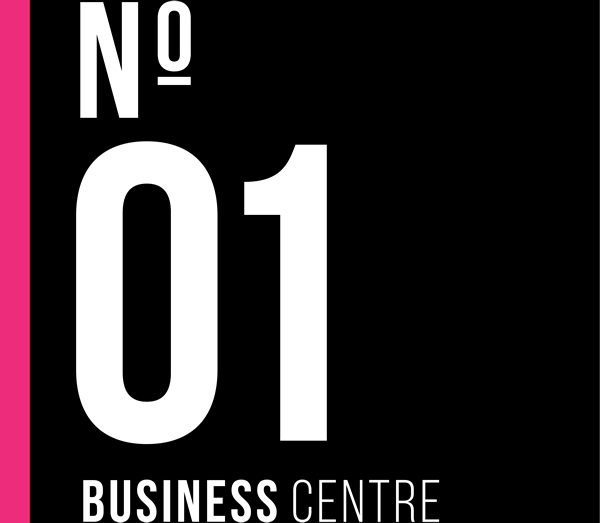Flipping goods can be a nimble and profitable venture if you choose the right model. Some of the best business models for flipping each have their own strengths depending on your resources, interests, and risk tolerance, but most are available with a little cash and a lot of skills when negotiating with both sellers and buyers.
Using social media is an essential means to advertise your wares. But get-rich-quick schemes, sadly, they are not. Here are some business models worth looking into. With very little industry knowledge and some tenacious attitude, who knows what could happen?
1. Retail Arbitrage
Buy discounted products from physical retail stores and resell them online. Usually via their back channels, Supply Chain teams and online auctions.
How it works:
- Source clearance or sale items from stores like Tesco, Asda, or TK Maxx.
- Scan barcodes using apps like Amazon Seller or eBay to check resale value.
- Resell on platforms like Amazon, eBay, or Facebook Marketplace.
Pros:
- Low barrier to entry.
- Immediate inventory access.
- Great for seasonal flips (e.g. toys before Christmas).
Cons:
- Time-intensive store visits.
- Limited scalability unless you hire help.
2. Online Arbitrage
Similar to retail arbitrage, but sourcing is done entirely online.
How it works:
- Use tools like Tactical Arbitrage or Keepa to find price gaps between online retailers and marketplaces.
- Buy discounted items from sites like Argos, Currys, or Amazon Warehouse.
- Resell on Amazon, eBay, or your own Shopify store.
Pros:
- Scalable and remote-friendly.
- Easier to automate with software.
- Access to broader inventory.
Cons:
- Requires upfront investment in tools.
- Competition can be fierce.
3. Refurbishing & Upcycling
Buy used or damaged items, improve them, and resell at a premium.
How it works:
- Source from charity shops, car boot sales, or Facebook Marketplace.
- Repair, clean, or creatively upcycle (e.g. repaint furniture, rewire electronics).
- Resell on Etsy, eBay, or local markets.
Pros:
- High profit margins.
- Creative and sustainable.
- Great for building a brand around craftsmanship.
Cons:
- Requires skill and time.
- Inventory turnover can be slower.
4. Limited Edition Flipping
Buy exclusive or limited-run items and resell them at a markup.
How it works:
- Monitor drops from brands like Supreme, Nike, or LEGO.
- Use Discord groups or apps like Flipl.io to track releases.
- Resell on StockX, eBay, or niche collector forums.
Pros:
- High demand and fast flips.
- Strong ROI on hot items.
Cons:
- Risk of fakes or gated marketplaces.
- Requires speed and insider knowledge.
5. Thrift Flipping
Source undervalued secondhand goods and resell them for profit.
How it works:
- Visit charity shops, vintage stores, or auctions.
- Look for branded clothing, rare books, or retro tech.
- Clean, photograph, and list on Depop, Vinted, or eBay.
Pros:
- Low startup cost.
- Eco-conscious and trendy.
- Great for building a niche (e.g. vintage streetwear).
Cons:
- Requires a good eye and patience.
- Inventory can be inconsistent.
Does anyone have any experience in these or other flipping business models? The art of good business is always being the best middleman.

